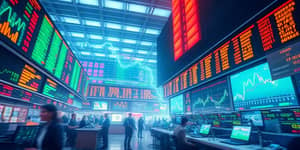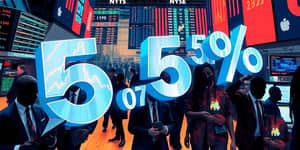
In the world of finance, a new wave is rising. Generation Z, armed with technology, values, and daring ambition, is redefining how capital moves across markets.
Gen Z, born between 1996 and 2010, represents roughly 20% of the U.S. population. With a spending power exceeding $450 billion globally and $360 billion in the U.S., their economic footprint cannot be ignored. Remarkably, 30% of Gen Z investors begin allocating funds in early adulthood—triple the rate of previous generations. This marks a remarkably early investing mindset that sets Gen Z apart.
Education plays a pivotal role. Unlike many older cohorts, 86% of Gen Z had grasped personal investing basics before entering the workforce, compared to 47% of Boomers. Their confidence has fueled a surge of first-time investors, with Gen Z and Millennials driving 55% of new investment inflows projected for 2025.
Traditional brokerages once ruled the investment landscape, but Gen Z’s habits tell a different story. Only 66% of this cohort use legacy brokerages, versus 92% of Boomers. Nearly a quarter rely solely on digital alternatives, signaling seeking seamless, automated digital experiences that legacy firms struggle to provide.
Remarkably, 41% of Gen Z and Millennial investors would entrust an AI assistant to manage their portfolios—nearly three times the rate of Boomers. This openness to automation underscores a broader trend: valuing speed, convenience, and personalization above all else.
Gen Z’s appetite for high risk, high reward investments is unprecedented. Over half plan to allocate to cryptocurrencies in 2025, even though 84% acknowledge its volatility. In fact, 55% of Gen Z consider crypto their primary investment, overshadowing stocks and mutual funds.
Such allocations reflect willingness to embrace higher risk assets in pursuit of outsized returns. Alternative vehicles like private equity and angel funding are no longer exclusive to high-net-worth individuals; Gen Z entrepreneurs and investors are driving a 54% surge in new business applications.
Beyond profit, Gen Z demands purpose. Climate change, social justice, and corporate responsibility are non-negotiable. A remarkable 73% of investors aged 21–42 include sustainability in their strategies—a figure that climbs every year.
prioritizing social impact and sustainability goals has led to dynamic shifts in how financial products are structured. Firms integrating environmental, social, and governance (ESG) criteria see greater engagement and loyalty from younger clients.
This table highlights a clear pivot away from legacy stocks toward digital assets and selective retirement savings. Gen Z’s portfolio reflects their dual focus on innovation and impact.
To Gen Z, wealth is more than net worth—it’s empowerment, autonomy, and alignment with personal beliefs. Many bypass traditional financial advisors, with only 32% leveraging professional counsel. Instead, they rely on peer networks, social media communities, and educational content to make informed choices, fueled by unwavering confidence in managing their finances.
They view money as a tool for change. Whether funding climate startups or backing social enterprises, Gen Z investors seek to leave a tangible legacy. Their concept of prosperity intertwines personal growth, societal progress, and financial independence.
Financial institutions face a clear mandate: innovate or risk obsolescence. To win this generation’s trust, firms must:
By reshaping investment products with their values, companies can build loyalty and capture the lion’s share of future inflows.
The rise of Gen Z in investing signals a paradigm shift. As they accumulate wealth and influence, their preferences will dictate the evolution of capital markets. Traditional firms that adapt will thrive; those that cling to the past may find themselves sidelined.
Ultimately, Gen Z’s entry into investing is more than a demographic trend—it’s a narrative of empowerment, innovation, and purpose. By understanding and embracing their mindset, every stakeholder in the financial ecosystem can contribute to a more inclusive, sustainable, and dynamic future.
References













